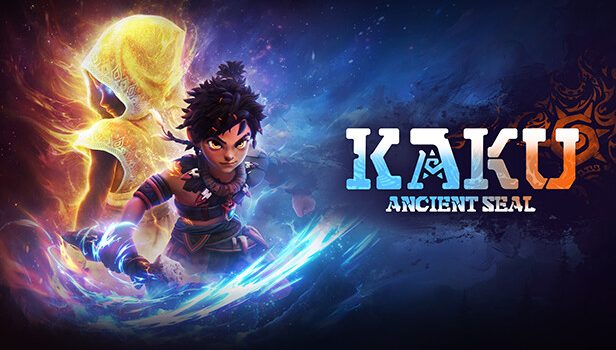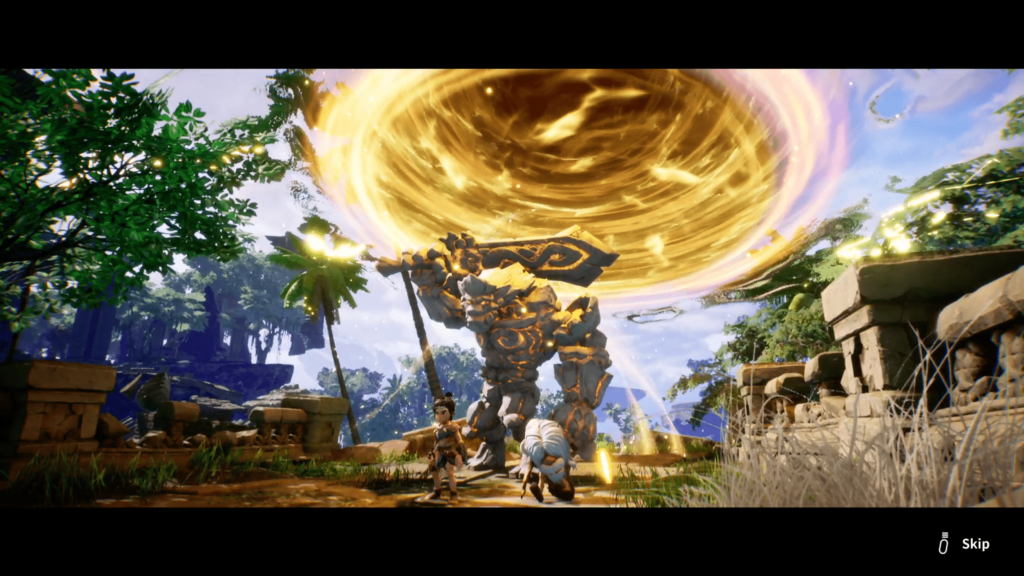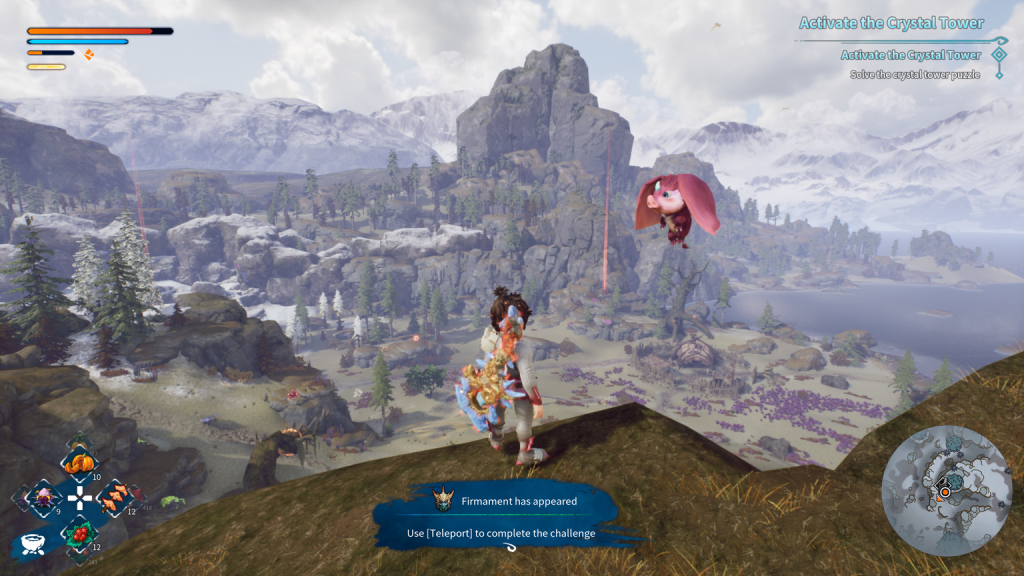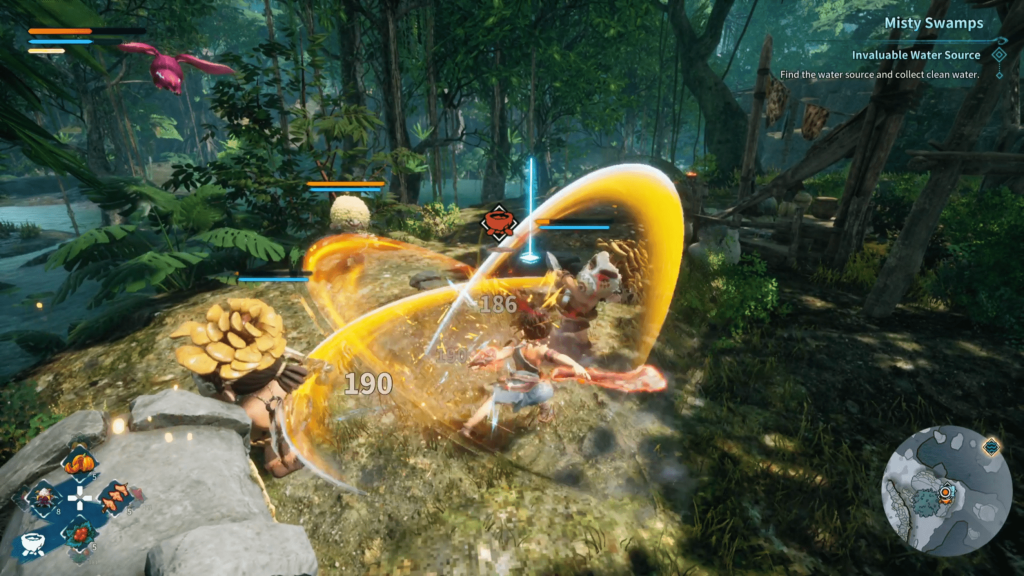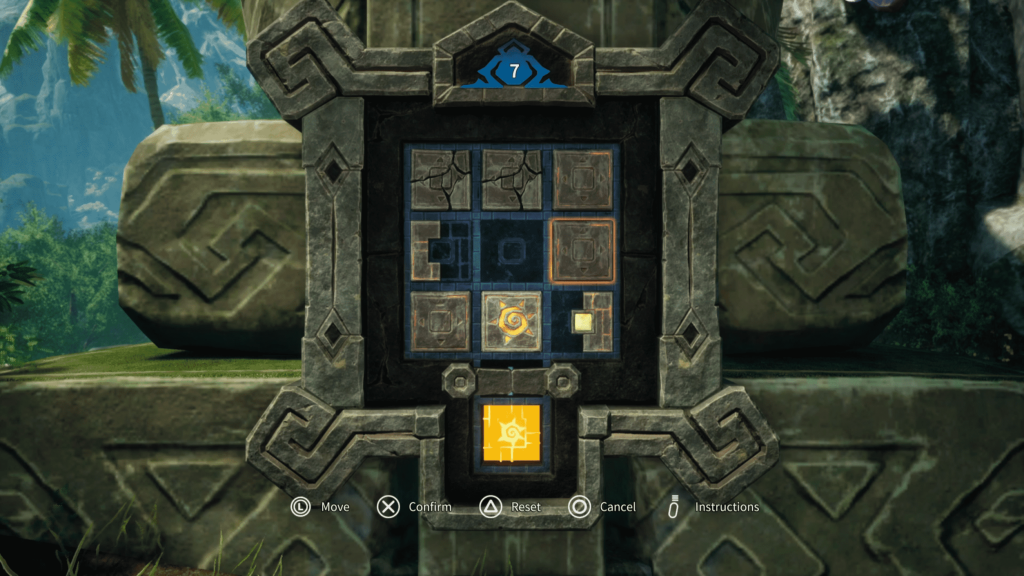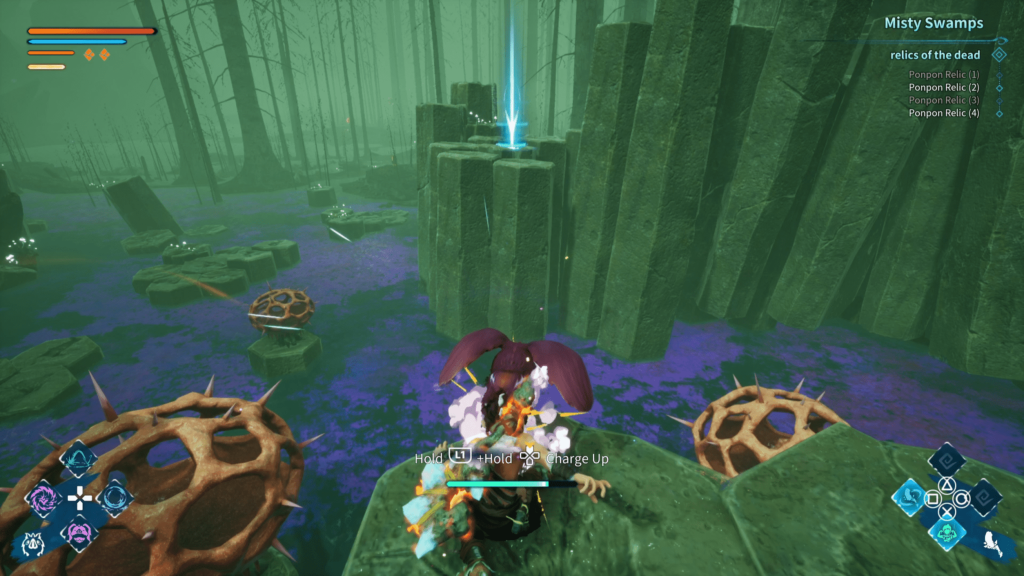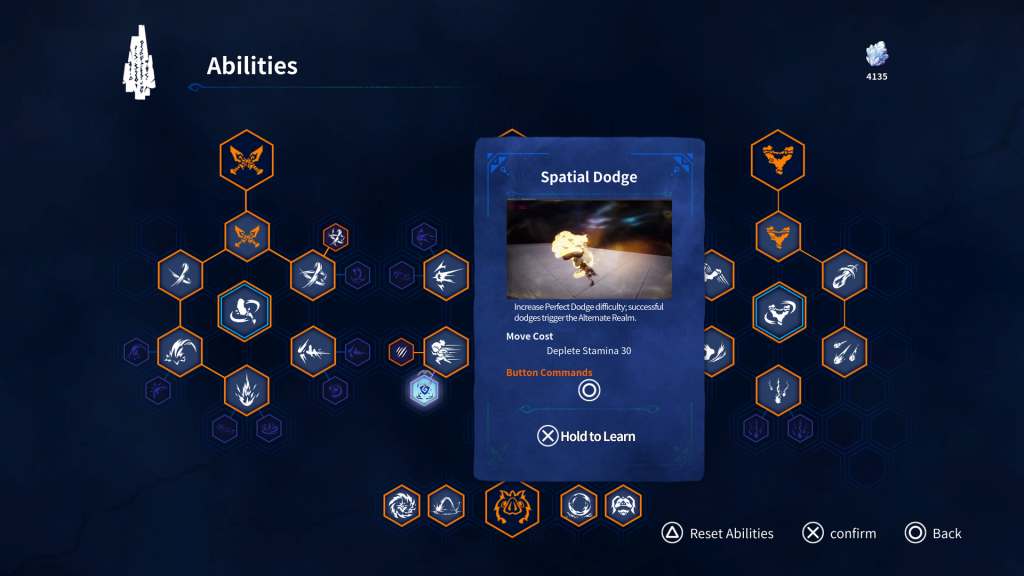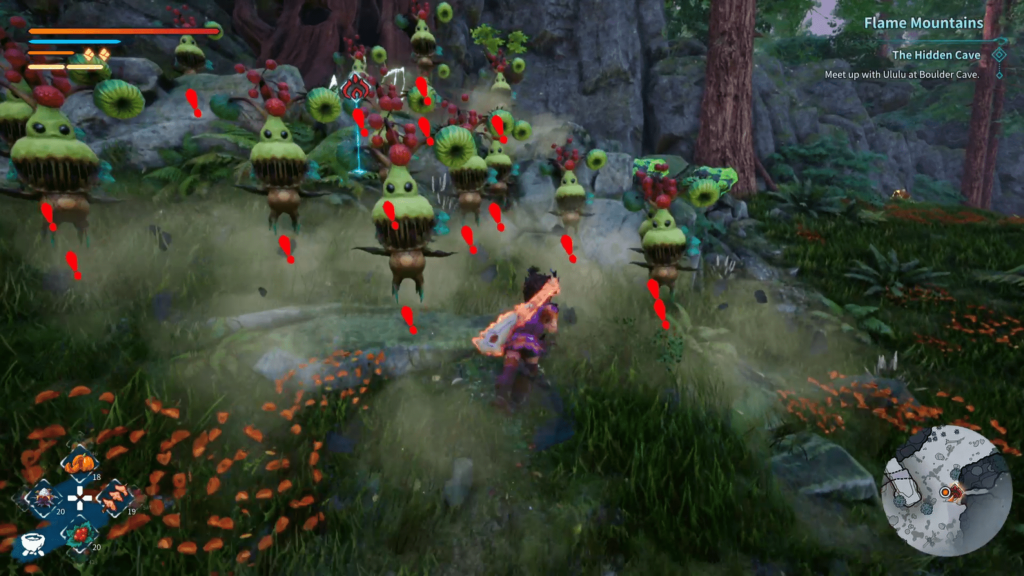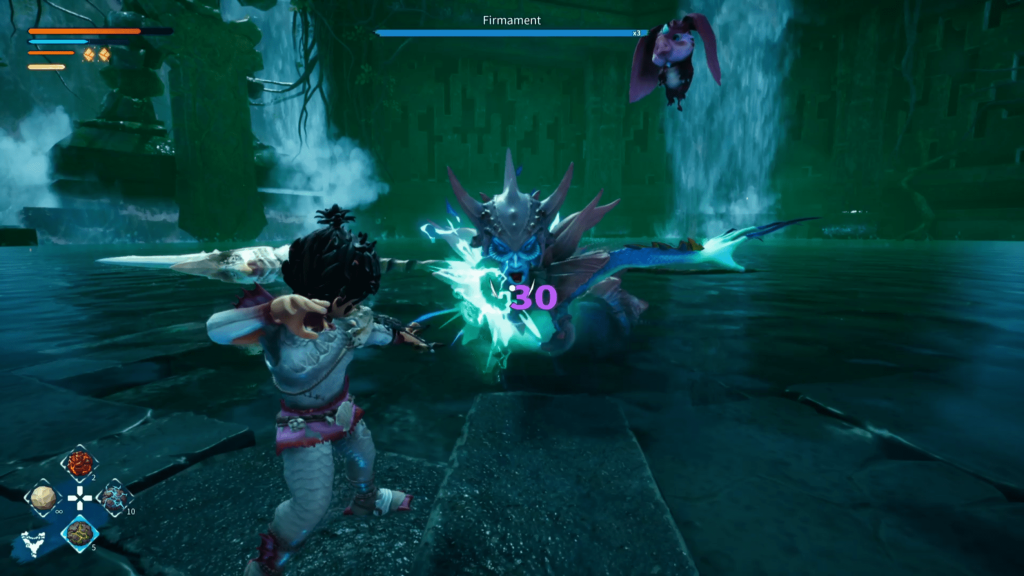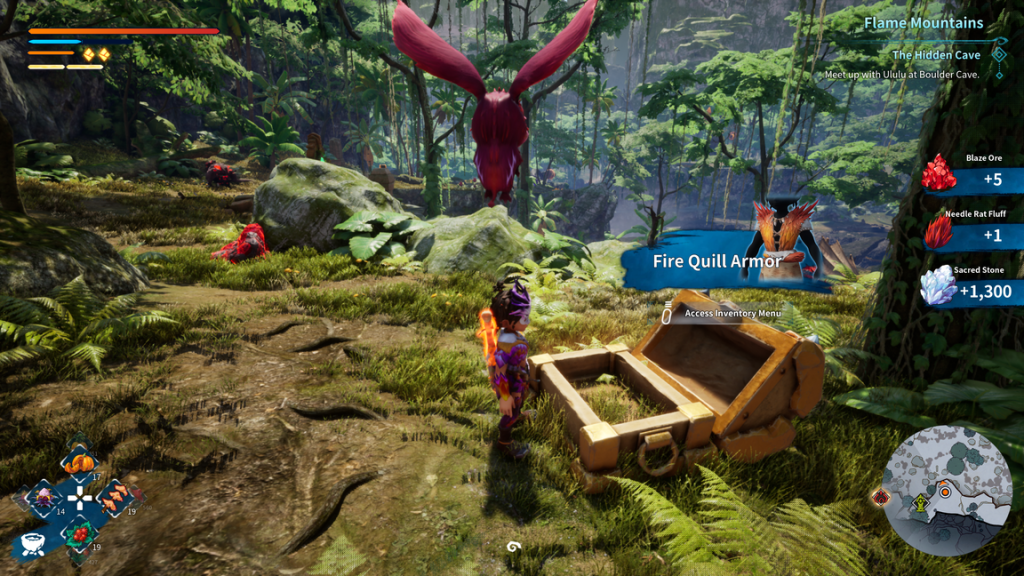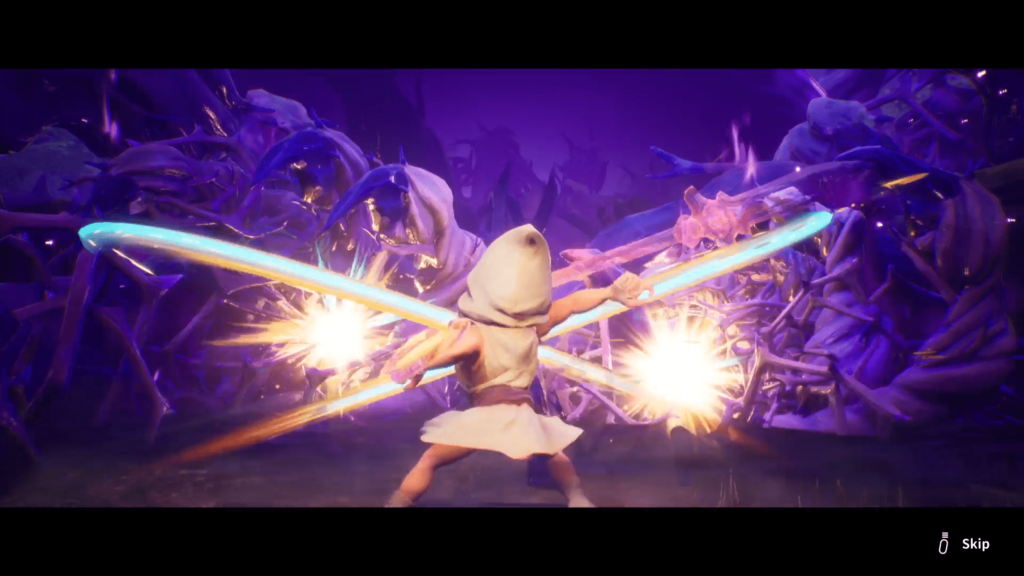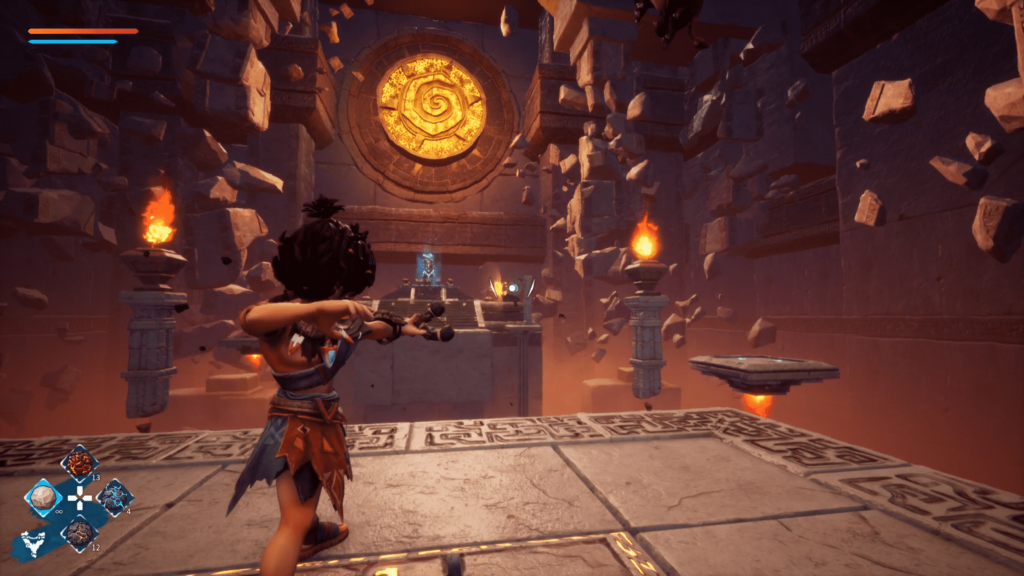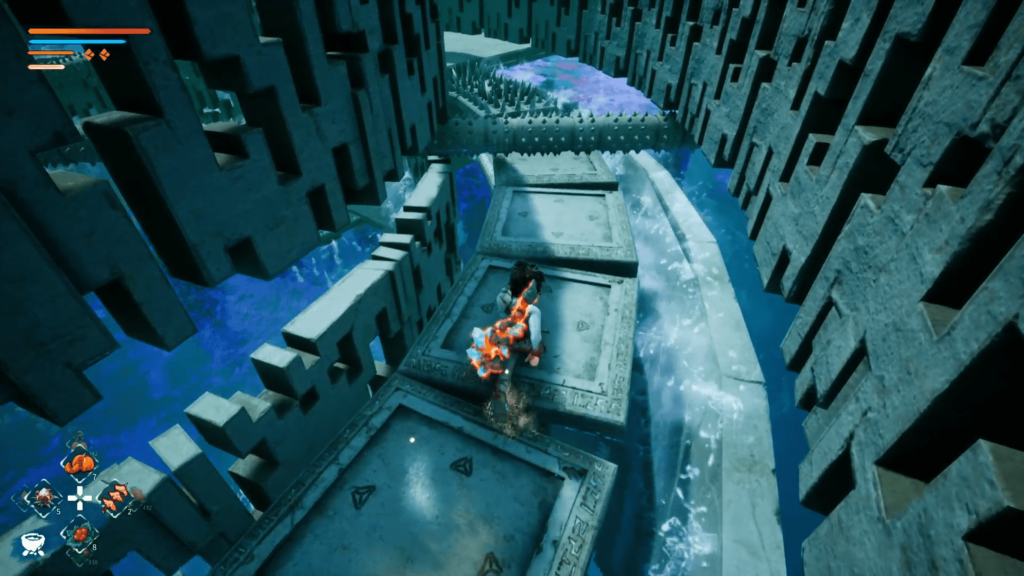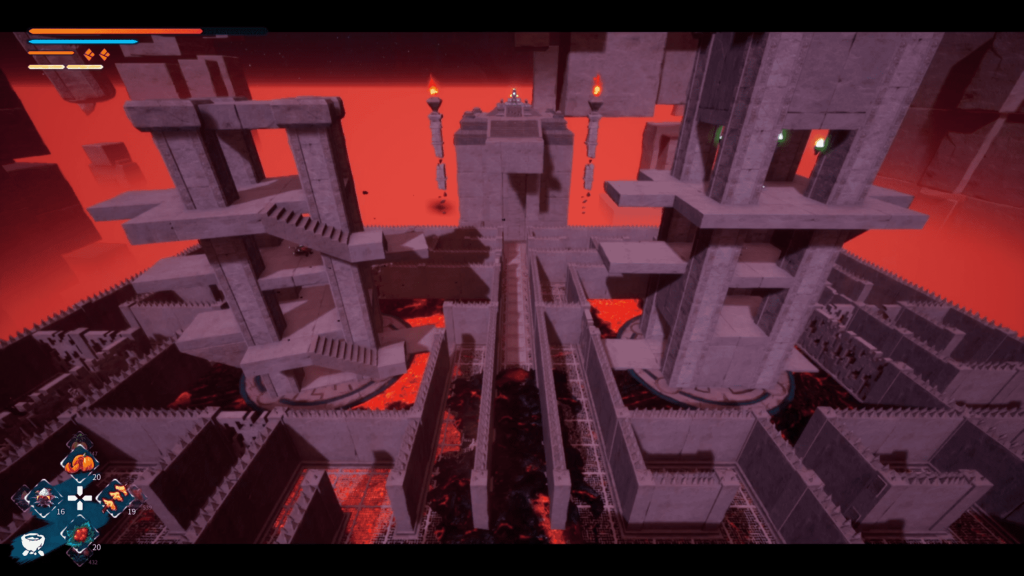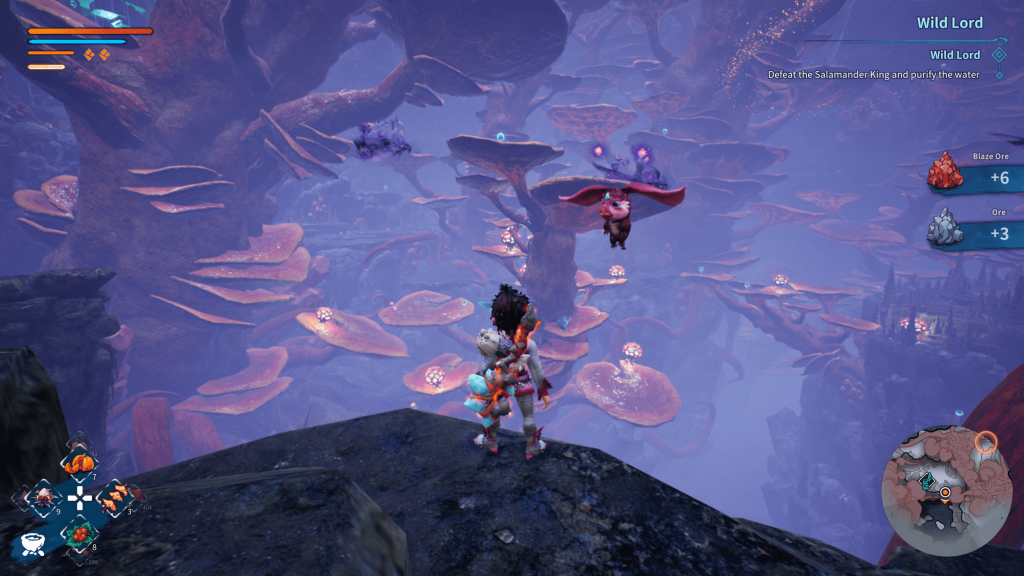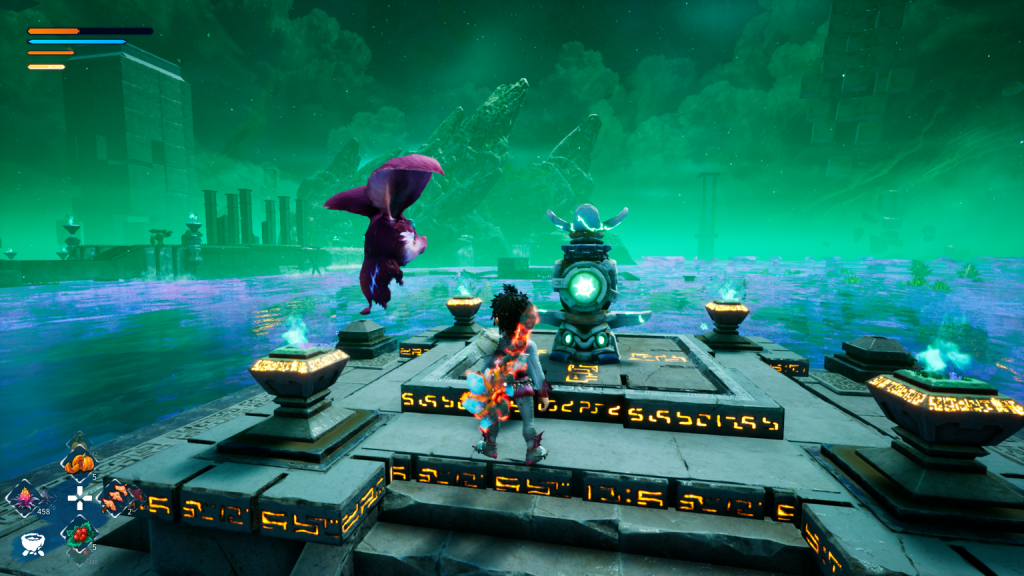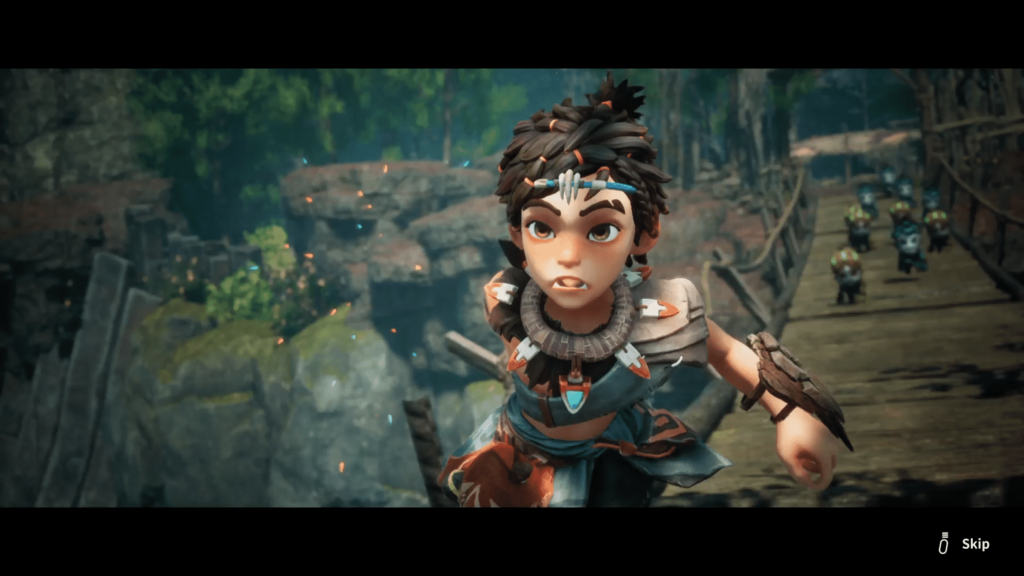KAKU: Ancient Seal Review (PS5)
Summary: KAKU: Ancient Seal is an endearing adventure with a vast, colorful world and a quirky flying pig companion. Its combat, puzzles, and story are uneven, but exploration and discovery make it enjoyable. If a sequel ever comes, it could be truly amazing if it builds upon the good that is here.
2.5
Elementally Entropic
KAKU: Ancient Seal has big ideas…it just can’t always keep up with them. Developed and published by BINGOBELL, Kaku: Ancient Seal first launched on Steam Early Access in May 2023 before receiving its full release on PC in July 2024, and now it’s finally made its way to PlayStation 5 and Xbox Series X|S as of October 17th of 2025. Set in a sprawling, hand-crafted prehistoric fantasy world, it mixes exploration, puzzle-solving, and real-time combat across four elemental continents. It immediately reminded me of a mix between Immortals Fenyx Rising, Biomutant, Eternal Strands, and even Tak and the Power of Juju. KAKU aims for grand adventure and heartfelt charm, but the result lands somewhere between inspired and uneven. Despite its missteps, there’s an undeniable sense of fun and discovery that carries it through.
The story begins high in the snow-capped mountains where Kaku, a young caveman, accidentally stumbles into destiny. What starts as a chase after a mischievous flying pig quickly spirals into a journey to save a broken world. After meeting the eccentric old man Geiser, Kaku learns he’s chosen to restore balance by reclaiming the four Elemental Souls scattered across the continents. When the two are whisked to a floating island created by the deity Saga, the pig, now revealed to be Piggy, becomes Kaku’s magical companion, capable of speech and an array of mystical powers that help him on his quest.
While the premise has flashes of intrigue and a classic mythic tone, the storytelling often struggles to stay coherent. Dialogue flies by at double speed, emotional moments barely land before the next scene hits, and the gibberish voice language, while potentially charming, feels underdeveloped and inconsistent. The game feels like it’s in a hurry to get you back to playing rather than letting its world or characters breathe. There’s also the odd use of random profanity that sticks out awkwardly in an otherwise lighthearted tone. It tries to sound mature, but the cursing ends up feeling more juvenile than authentic. The foundation is there, but the scattered delivery drains any real attachment to the story or cast.
Once the cutscenes end, KAKU: Ancient Seal opens up into a free-form action-adventure that’s surprisingly easy to grasp. The game centers on restoring four elemental regions: Fire, Water, Earth, and Wind, each featuring its own temple to conquer. Outside the floating hub island, each continent is a massive, semi-open zone filled with resources, collectibles, and puzzles. Pumpkins and flowers can be cooked into stat-boosting meals, ores can be crafted into specialized slingshot pellets like fire or poison, and you’ll find towering crystal structures that double as fast travel points once their sliding puzzles are completed. These activities are engaging in short bursts, but after the first quarter of the game, the rhythm barely changes, leading to a creeping sense of repetition.
Still, the structure makes sense: gather resources, level up, complete quests, take on a temple, and repeat. Piggy helps smooth over some of the monotony by introducing new traversal mechanics like floating you over water, launching you across gaps, or even disguising you to sneak through enemy camps. Piggy can also teleport you to the Realm of Ruins, a strange interdimensional pocket where you spend your accumulated materials to upgrade your skills, abilities, cooking, and crafting. It’s an inventive spin on the traditional skill tree, letting you explore an entirely separate area for upgrades rather than sifting through menus. Unfortunately, leveling can come too easily. Once you’ve upgraded enough, the rest of the game loses tension. Combat and exploration quickly become trivial, and the incentive to push further fades.
Combat in KAKU starts off tight and deliberate. Every swing of the club has weight, and your slingshot offers flexible ranged options. You can equip different armor sets and headbands, each with passive perks, and slot Rune Stones into your gear for additional buffs like increased stamina recovery or elemental damage. The framework is promising, and early fights, especially against your first major boss, feel well-paced and exciting. But the deeper you get, the easier it becomes to steamroll through most encounters. Sure, it makes sense that things get easier as you level up and find better gear, but the balance swings way too far your way. If you like to explore, you’ll be overpowered by the end of the first world, mowing down enemies in one to three hits. Even with average gear, combat rarely feels like a real threat with the plethora of abilities you can possess right off the bat if you level up.
A few issues drag the system down: damage feedback is inconsistent, enemy hits sometimes register late, and Kaku’s flinching animations can lock you in place longer than they should. The knockback for Kaku can also be quite annoying when fighting on cliffsides or arenas with pits. Bosses are flashy but often rely on gimmicks rather than evolving patterns, limiting the potential for creativity during battles. Despite a fun range of abilities, it rarely feels necessary to use more than a handful of them. The combat system works, but it lacks the challenge or nuance needed to stay satisfying across the full adventure.
Movement takes some getting used to. Kaku can sprint, but combining that with jumps often sends him leaping farther than intended; an issue in a game full of cliffs. His standard jump also has an awkward delay before lift-off. These quirks are manageable with practice but contribute to occasional frustration, especially during precise platforming sections. Everything else, from dodging to camera control, feels serviceable once you adjust, though the game could’ve benefited from tighter responsiveness overall.
Visually, KAKU: Ancient Seal is impressive. The art direction leans heavily into vibrant, cartoonish designs that fit the prehistoric fantasy setting perfectly. The elemental regions each have their own mood. The fiery volcano region bursts with molten reds, the swamp is dense and misty, and the snowfields feel vast and quiet. Lighting and shadow work are especially strong, with striking vistas that give the world a sense of scale and wonder. Enemy designs, while occasionally repetitive, are colorful and memorable. I did come across a bunch of slowdown, pop-in, and other odd things like characters disappearing for a second during cutscenes or even characters not showing up at all, but other than these typical gaming hiccups, the game runs fairly well overall.
Audio, unfortunately, is one of the games weakest aspects. The gibberish speech during cutscenes is endearing at first but quickly becomes grating, especially when it desynchronizes (which is very often) or cuts out entirely. Dialogue clips overlap or lag behind visuals, and the uneven volume mixing can make scenes feel messy. The soundtrack fares better. It’s ambient, adventurous, and occasionally beautiful, but it never fully integrates with the gameplay. You’ll hear decent tracks or other audio, such as the fire sound effect, fade awkwardly or loop too soon, breaking immersion. In quieter moments, environmental sounds like wind and running water do create a welcome sense of calm, but overall, the sound design doesn’t match the care put into the visuals.
Final Thoughts?
KAKU: Ancient Seal is one of those games that constantly walks the line between frustration and fascination. It’s full of rough edges such as awkward dialogue pacing, repetitive progression, and clunky platforming, but it’s also full of charm, imagination, and genuine heart. There’s a clear love of adventure in its DNA. Once I leaned into its quirks, I found myself enjoying its rhythm. It’s a game that lets you make your own fun, even when it stumbles. The world is beautiful to explore, the puzzles are satisfying when you’re not fumbling with the controls, and the combat is enjoyable when it clicks. But its uneven difficulty, technical hiccups, and flat storytelling prevent it from reaching the greatness it strives for. Despite that, KAKU: Ancient Seal remains a worthwhile journey for those willing to forgive its flaws. Beneath its clumsy surface lies an adventure that, while far from perfect, still carries the spark of something special.


